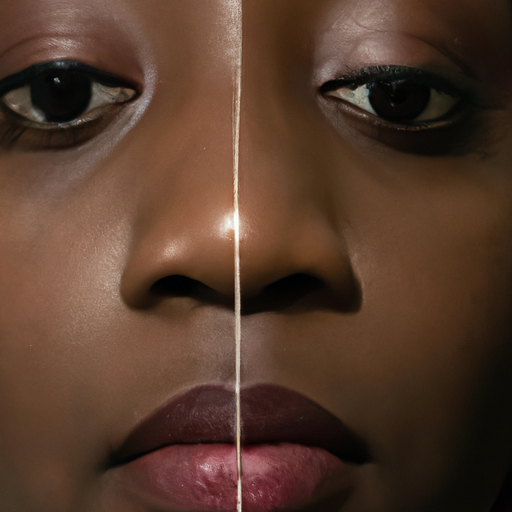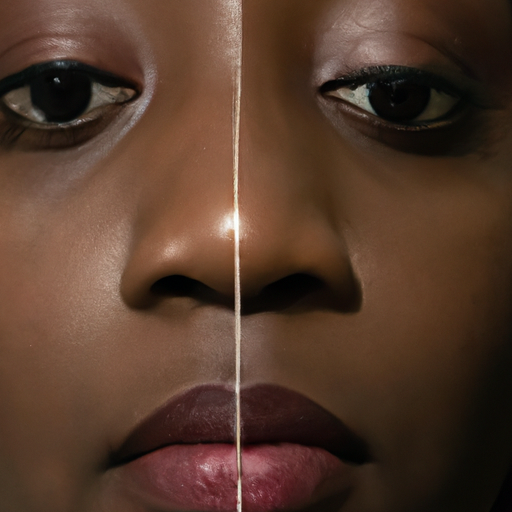Dry skin, medically known as xerosis or asteatosis, is a common condition that affects millions of people worldwide. It can occur at any age and for many reasons. As a skin care expert, I can attest that understanding the causes and symptoms of dry skin is the first step towards effective treatment. This article will provide a comprehensive guide to diagnosing and treating dry skin.
Dry skin is characterized by a lack of the appropriate amount of water in the most superficial layer of the skin, the epidermis. The skin may appear dull, rough, and flaky, and in severe cases, it can develop deep cracks that may bleed. While dry skin tends to affect hands, arms, and lower legs more frequently, it can occur on any part of the body.
Several factors contribute to dry skin. These include environmental factors such as cold or hot weather, low humidity, and soaking in hot water. Certain diseases also predispose individuals to dry skin including atopic dermatitis, psoriasis, diabetes, hypothyroidism, and malnutrition. Aging is another factor as the skin produces less oil with advancing age.
Diagnosing dry skin is typically straightforward. Dermatologists usually base their diagnosis on the appearance of the skin and a detailed medical history. In some cases, they may perform a skin biopsy or other tests to rule out skin diseases that can mimic dry skin.
Once diagnosed, treating dry skin is usually a long-term commitment. The goal is to hydrate the skin, lock in moisture, and repair the skin barrier.
Moisturizers are the cornerstone of dry skin treatment. They work by providing a protective layer on the skin’s surface that locks in water. The best time to apply a moisturizer is immediately after bathing while the skin is still damp. Look for products that contain ingredients like hyaluronic acid, glycerin, lactic acid, and ceramides, which are effective at attracting and locking in moisture.
In addition to moisturizers, it’s important to choose gentle, fragrance-free cleansers. Soaps and body washes that contain fragrances, deodorants, or antibacterial agents can strip the skin of its natural oils, leading to dryness.
Lifestyle changes can also make a significant difference. Limiting bath time, using warm rather than hot water, and avoiding harsh, drying soaps can help preserve your skin’s natural oils. Using a humidifier in your home can also add moisture to dry indoor air.
In severe cases, or when home remedies and over-the-counter products aren’t effective, prescription treatments may be necessary. These may include prescription creams and ointments that contain ingredients like lactic acid, urea, corticosteroids, or retinoids.
While dry skin is usually not serious, it can be uncomfortable and unsightly. Left untreated, it can lead to complications such as chronic eczema, bacterial infections, or cellulitis. Therefore, it’s important to take dry skin seriously and seek medical advice if home remedies are not effective.
In conclusion, diagnosing and treating dry skin requires an understanding of the causes and symptoms, as well as a commitment to long-term skin care. With the right approach, you can keep your skin hydrated and healthy.




